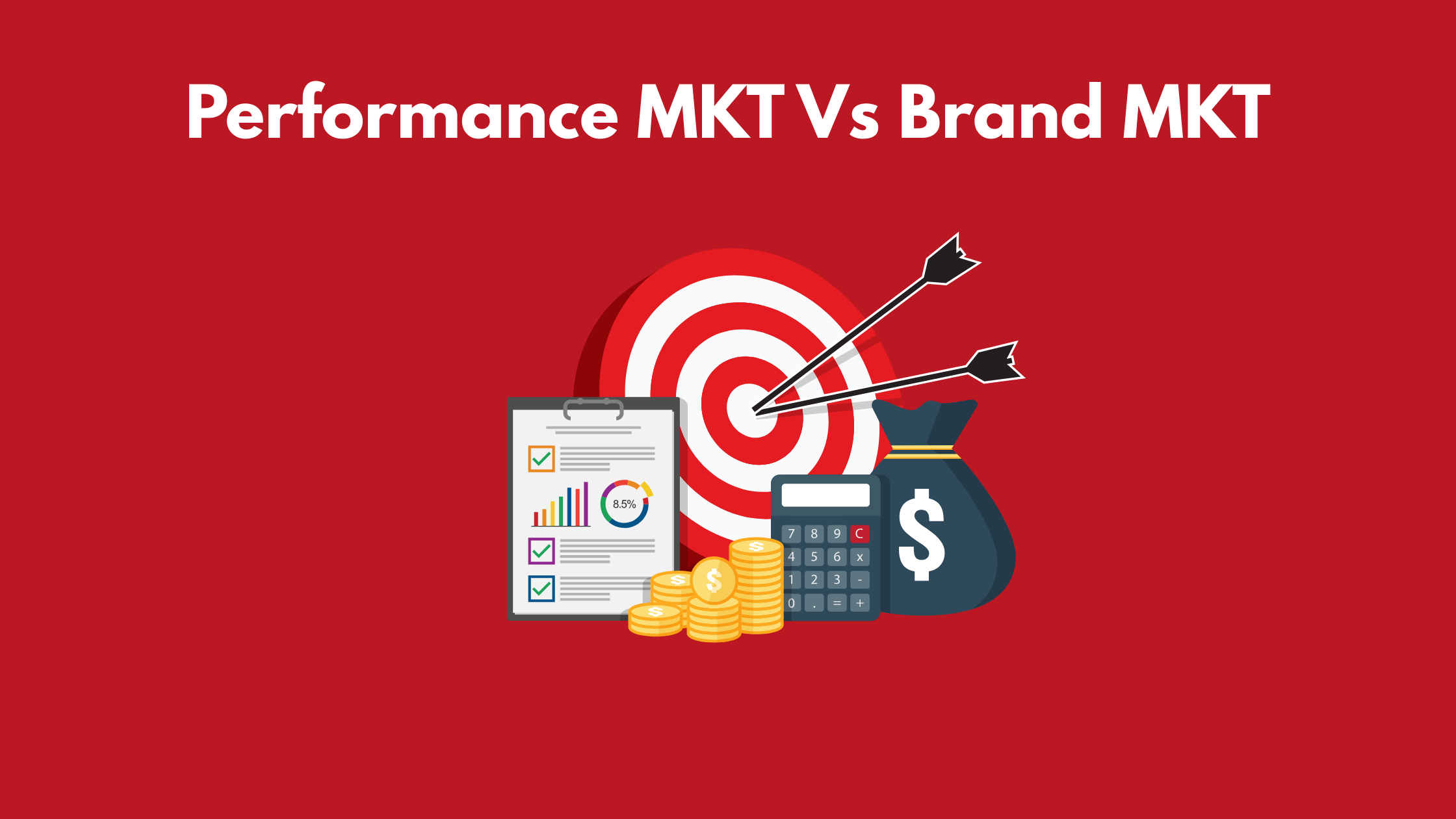
Performance Marketing vs. Brand Marketing: Which One is Right for You? • Performance Marketing = Quick sales, measurable ROI, PPC & social ads. • Brand Marketing = Trust, awareness, long-term growth, storytelling. • Best Strategy? A mix of both for sustainable success!
Table of Contents
- Introduction
- Understanding the Two Marketing Approaches
- What is Performance Marketing?
- Key Components of Performance Marketing
- Benefits of Performance Marketing
- What is Brand Marketing?
- Core Aspects of Brand Marketing
- Advantages of Brand Marketing
- Performance Marketing vs. Brand Marketing: Key Differences
- Short-Term vs. Long-Term Goals
- ROI and Measurement Metrics
- Cost Implications
- Customer Engagement & Loyalty
- Which Marketing Strategy is Best for Your Business?
- Choosing Based on Business Goals
- Industry-Specific Considerations
- Hybrid Approach: The Best of Both Worlds
- Case Studies: How Brands Use Performance & Brand Marketing
- Conclusion
Introduction
Understanding the Two Marketing Approaches
When it comes to digital marketing, businesses often struggle to decide between performance marketing and brand marketing. Both strategies serve different purposes, and choosing the right one depends on your business goals, industry, and target audience. In this blog, we’ll break down the differences, benefits, and ideal use cases for each approach.
What is Performance Marketing?
Performance marketing is evidence-based marketing aimed at inducing certain actions, including clicks, conversions, and purchases. Marketers pay only when a specified action is taken.
Major Aspects of Performance Marketing
Pay-Per-Click (PPC) Advertising – Google Ads, Facebook Ads, and Instagram Ads
Affiliate Marketing – Influencer or affiliate partnership
Email Marketing – Action-oriented, target-specific email promotion
Social Media Advertising – Platform-paid promotions on LinkedIn, Twitter, and TikTok
Retargeting Ads – Re-engaging previous visitors for conversions
Advantages of Performance Marketing
✅ Measurable ROI – Easily measurable results with data analytics
✅ Cost-Effective – Pay only for real conversions
✅ Quick Results – Instant traffic and lead generation
✅ Scalability – Modify budgets according to performance
What is Brand Marketing?
Brand marketing is concerned with generating awareness, establishing trust, and creating a long-term relationship with consumers. In contrast to performance marketing, it emphasizes perception rather than instant conversions.
Core Elements of Brand Marketing
Brand Identity – Logo, color palette, and brand tone
Storytelling & Content Marketing – Blogs, videos, and social media posts
Influencer Collaborations – Partnering with brand influencers
Emotional Branding – Building strong emotional bonds with audiences
Benefits of Brand Marketing
✅ Long-Term Growth – Establishes credibility and trust
✅ Stronger Customer Loyalty – Encourages repeat purchases
✅ Higher Brand Recall – Consumers remember and recognize the brand
✅ Competitive Advantage – Sets the brand apart from competitors
ROI and Measurement Metrics
Performance marketing is straightforward to measure using analytics tools, while brand marketing success is measured by brand awareness and perception.
Cost Implications
Performance marketing has a clear cost per action, while brand marketing demands a one-time investment in campaigns with returns over the long term.
Customer Engagement & Loyalty
Brand marketing encourages stronger customer relationships, while performance marketing is primarily transactional.
Which Marketing Strategy is Best for Your Business?
Choosing Based on Business Goals
If you require instant sales, opt for performance marketing.
If you require long-term brand positioning, spend on brand marketing.
Industry-Specific Considerations
E-commerce & Startups – Performance marketing is best suited for immediate conversions.
Luxury & Lifestyle Brands – Brand marketing is essential for exclusivity and trust.
B2B & SaaS Companies – A combination of both is best for demand generation.
Hybrid Approach: The Best of Both Worlds
A hybrid approach enables companies to generate short-term sales and long-term trust. For example, a company can use performance ads to acquire traffic and spend on storytelling for brand trust.
Case Studies: How Brands Leverage Performance & Brand Marketing
Nike: Applies emotional brand marketing through storytelling ads but also operates performance-based offers.
Amazon: Spends on brand-building but also uses targeted ads to push sales.
Tesla: Degrade immensely reliant on brand marketing with a lot of unaided marketing.
Conclusion
Performance marketing and brand marketing each play vital functions in the success of a brand. Depending on your industry, budget, and goals, there's the appropriate approach to be chosen. As much as performance marketing yields quick gains, brand marketing constructs loyal customers. A clever blend of both?
Need to make your brand's online influence go the furthest? Logix Hunt aids companies in synergizing performance & brand marketing towards long-term success. Contact us today!
#Performance Marketing Strategy# Brand Marketing vs. Performance Marketing# Digital Advertising Techniques# ROI-driven Marketing# Brand Awareness Strategy# Data-Driven Marketing# Social Media Advertising Tips# Paid Ads vs. Organic Branding# How to Build a Brand OnlineLogixhunt is an IT company that provides cutting-edge services in the fields of website development, software development, and mobile app development. Logixhunt is dedicated to providing quality services to our clients, and helping young college students learn the most in-demand skills in the industry. We offer 3 and 6 months internship programs to college students, so they can stay up to date with the latest trends in the field. Our experienced team of professionals is always ready to help students hone their skills and become the next generation of tech professionals.

.png)
.png)
.png)